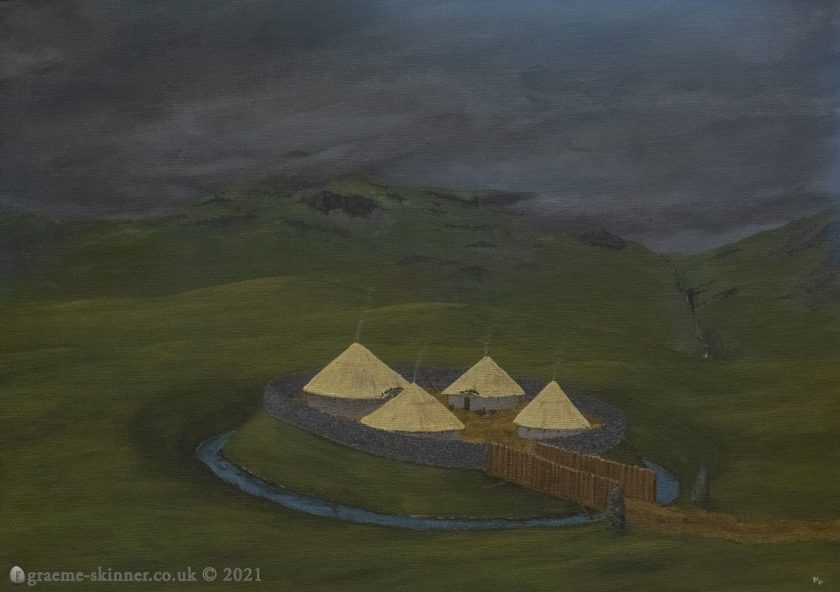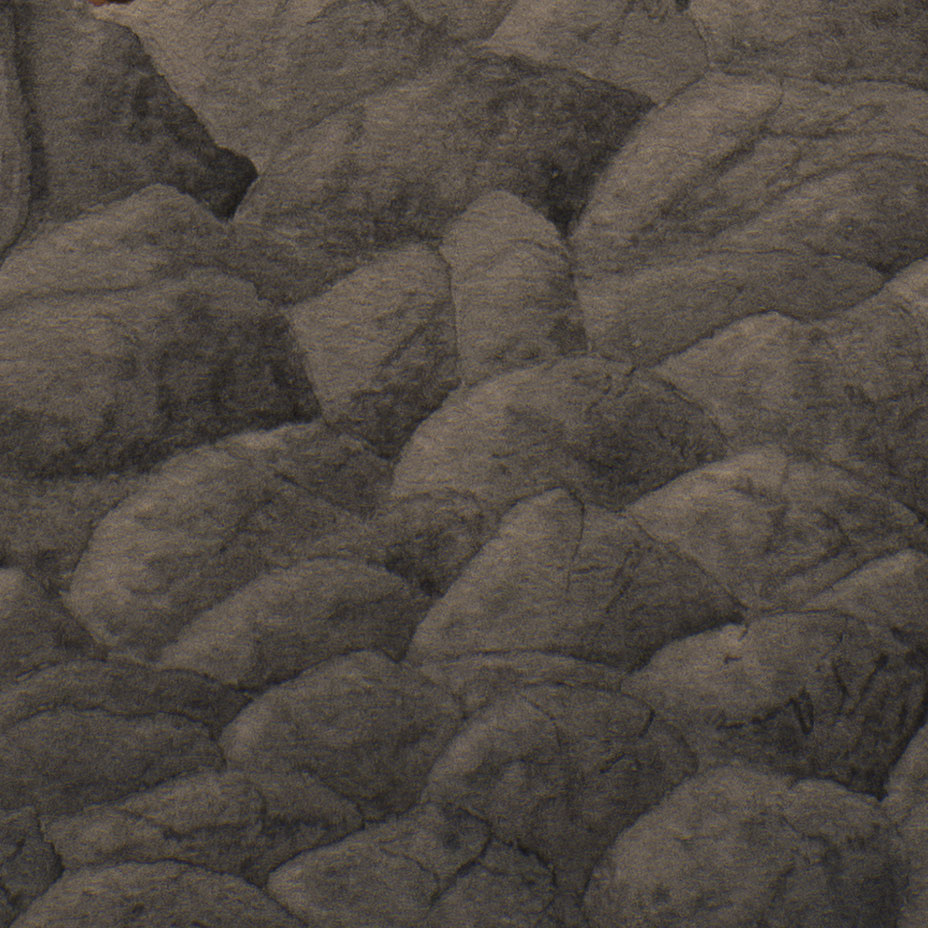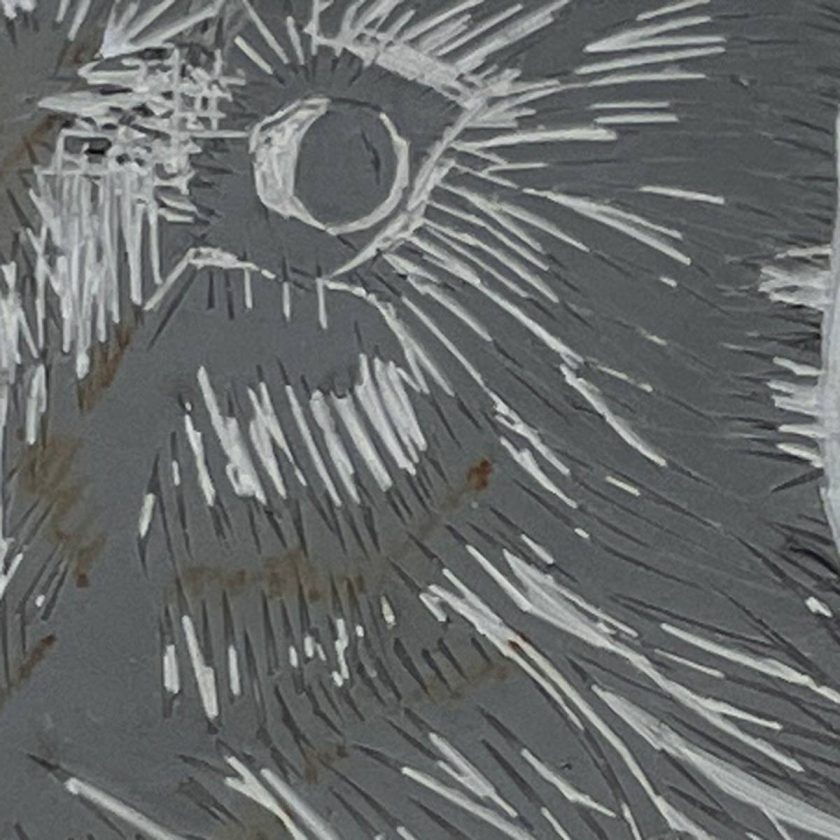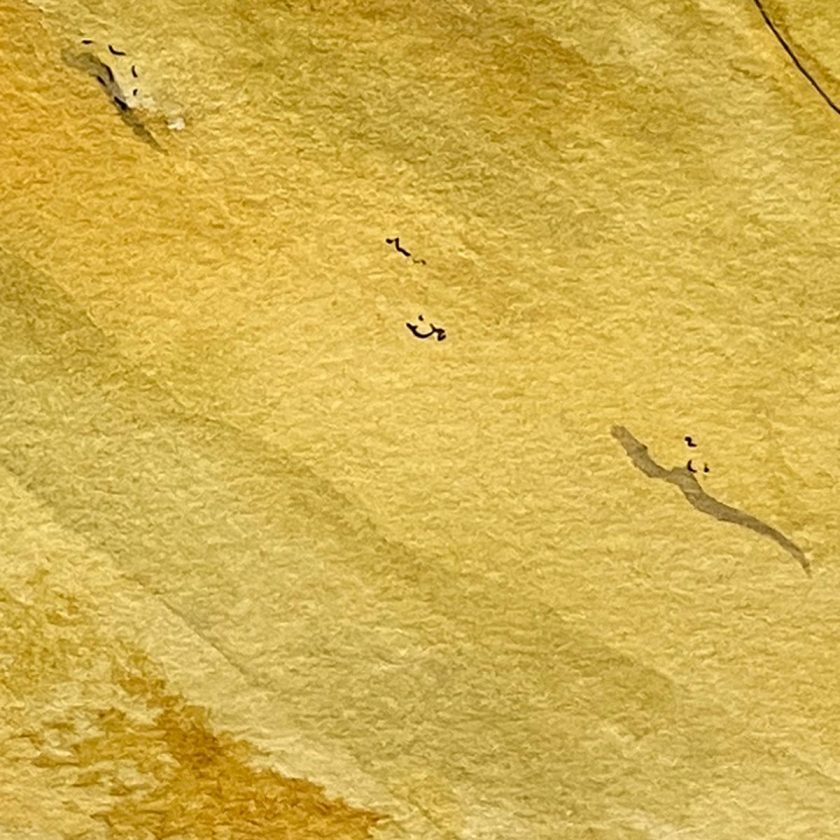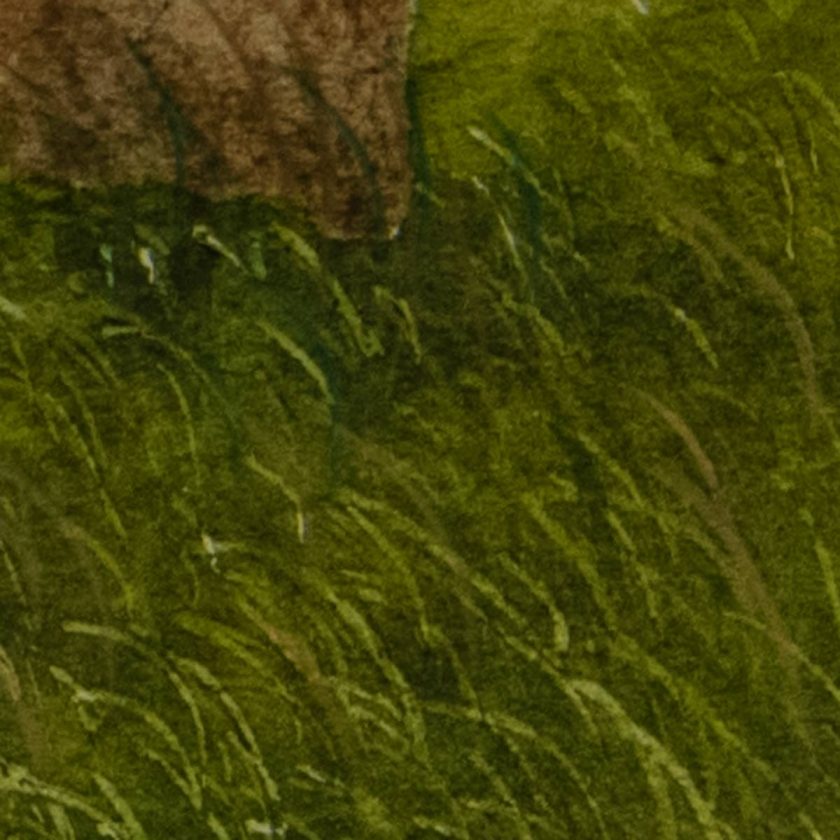The theme of the month for February over on John Howe’s website is ‘Just Next Door‘…
What myths, legends and folktales do you have in your neighbourhood or region? This month’s theme is the marvellous and the fantastic that lives next door, so to speak: local legends, myths that have taken root not far from your door, folk characters that haunt the local woodlands, streams or hills.
Well, there are quite a few local myths and legends that came to mind and I could not pick just one. Time being what it is I could not devote as much time as I’d like to some of them, so I ended up with a colour sketch for the Long Meg myth (I’ll return and do it properly in oil I think), I may have time to fit another myth in before the end of February though 😉
First of all we have the Spectral Army of Souther Fell, on Midsummers Eve back in 1735 a servant who worked for a local landowner spotted an army upon the ridge of Souther Fell, the same army was spotted a number of times since. Although the report said the army was marching I thought a bit of a charge would help 😉
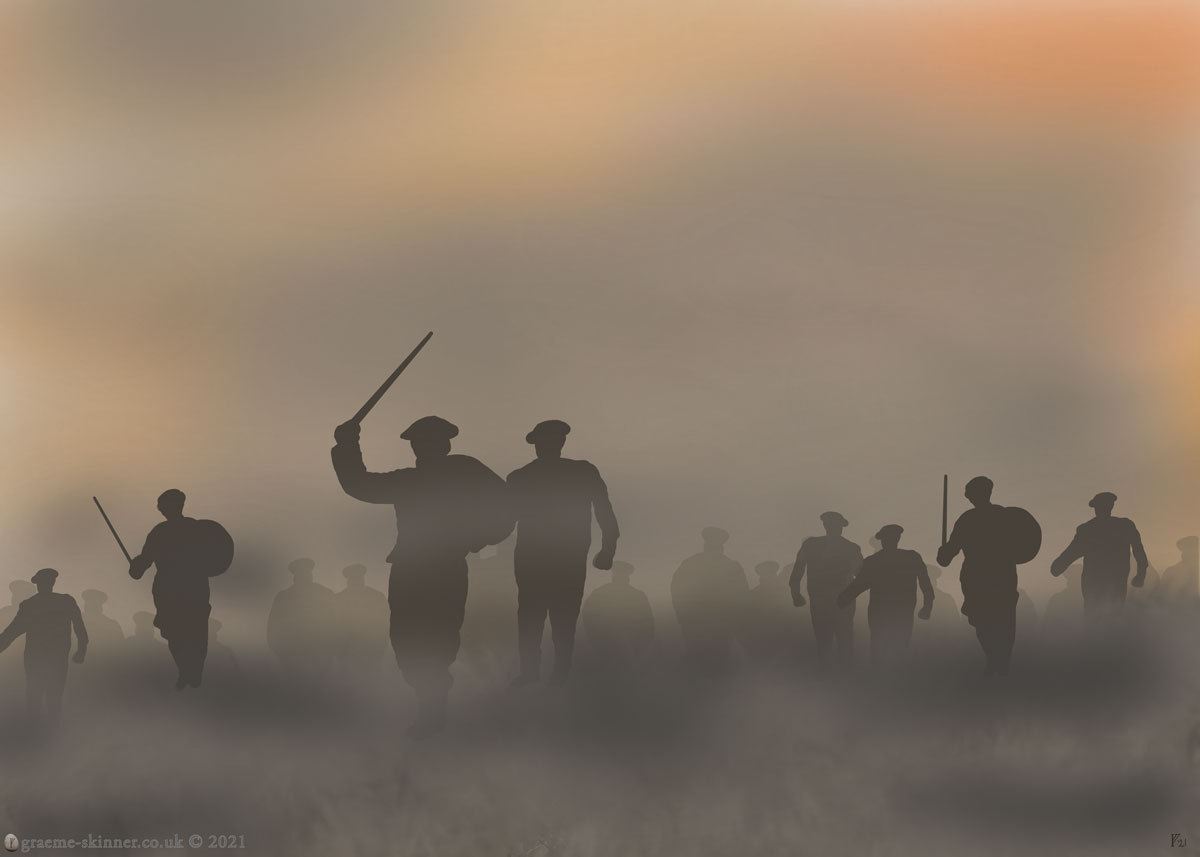
A slightly older myth is that of The Luck of Edenhall, this is based around a glass beaker which used to be in a collection at Eden Hall the now demolished country house, the myth behind the glass beaker goes that a group of Fairies were drinking and making partying around a well near the Hall, called St Cuthbert’s well; they were interrupted by the intrusion of some curious people, frightened they made a hasty retreat, and left the cup in question: one of the last screaming out,
If this cup should break or fall
Farewell the Luck of Edenhall.
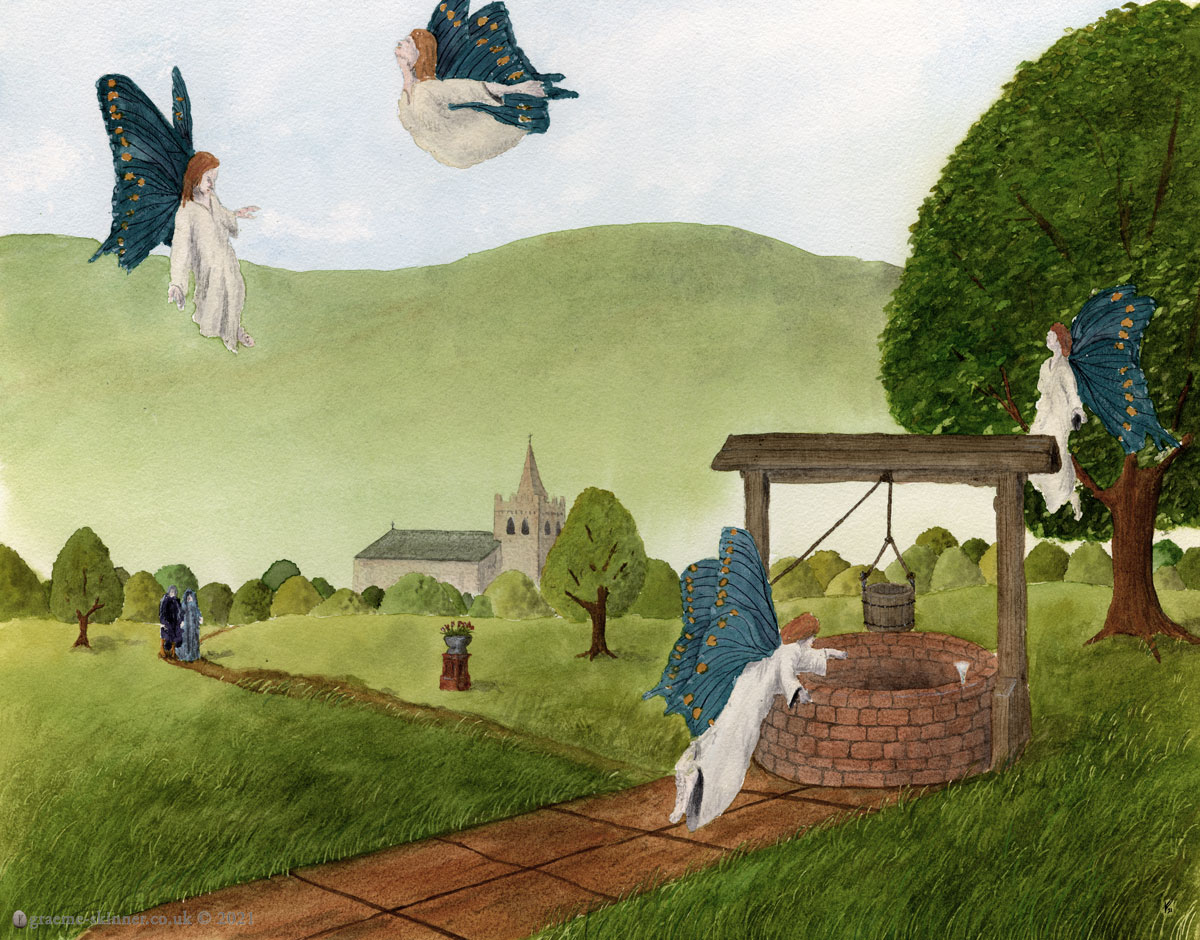
If we head back a few more (hundred years) we get to Dunmail Raise, if you’ve driven through the Lake District you’ve probably driven past Dunmail Raise, the cairn lies between the carriageway on the A591. The myth behind it goes back to 930-945 or so and the last king of Cumbria being killed in battle after a Scottish king joined with the Saxon king to fight the king of Cumbria. The Cumbrian king’s body was laid to rest and the cairn raised above his body, his crown was supposedly thrown into a nearby tarn and each year the spirits of his warriors collect the crown from the tarn and return to the cairn to see if the king is ready to return, but he declines (maybe he’s not keen on all the traffic ;-)).
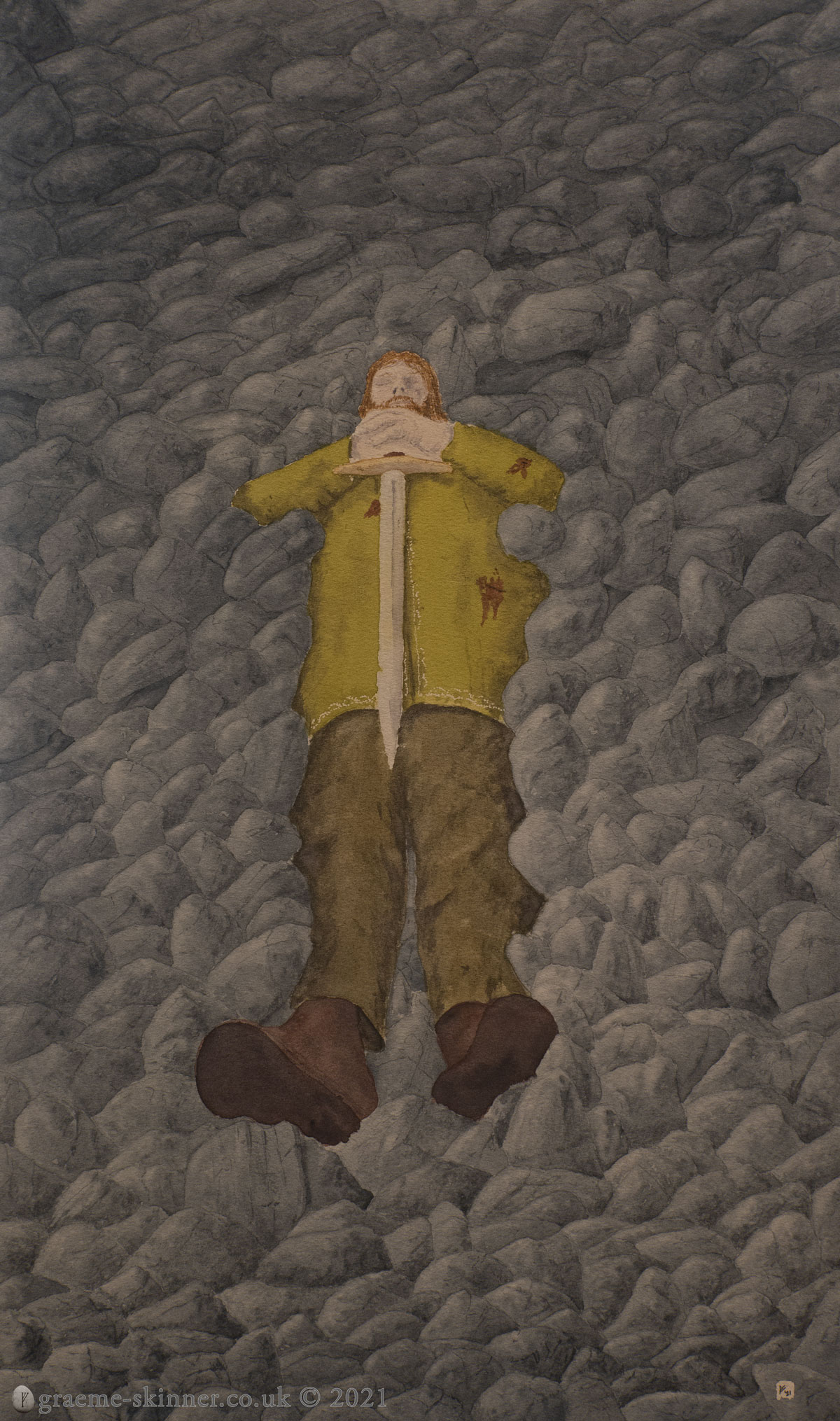
Finally (for now) we go quite a bit further back, to the creation of Long Meg and her Daughters stone circle, the myths associated with the stone circle are either based on how it was made or how to release the witches from the stones. The myths behind the creation of the circle are that a group of witches (Meg and her daughters) were dancing on the sabbath and were punished for such an act by being turned to stone, another myth is that a wizard turned them into stone. To release the witches apparently all you need to do is count the same number of stones twice and the witches will return to life.
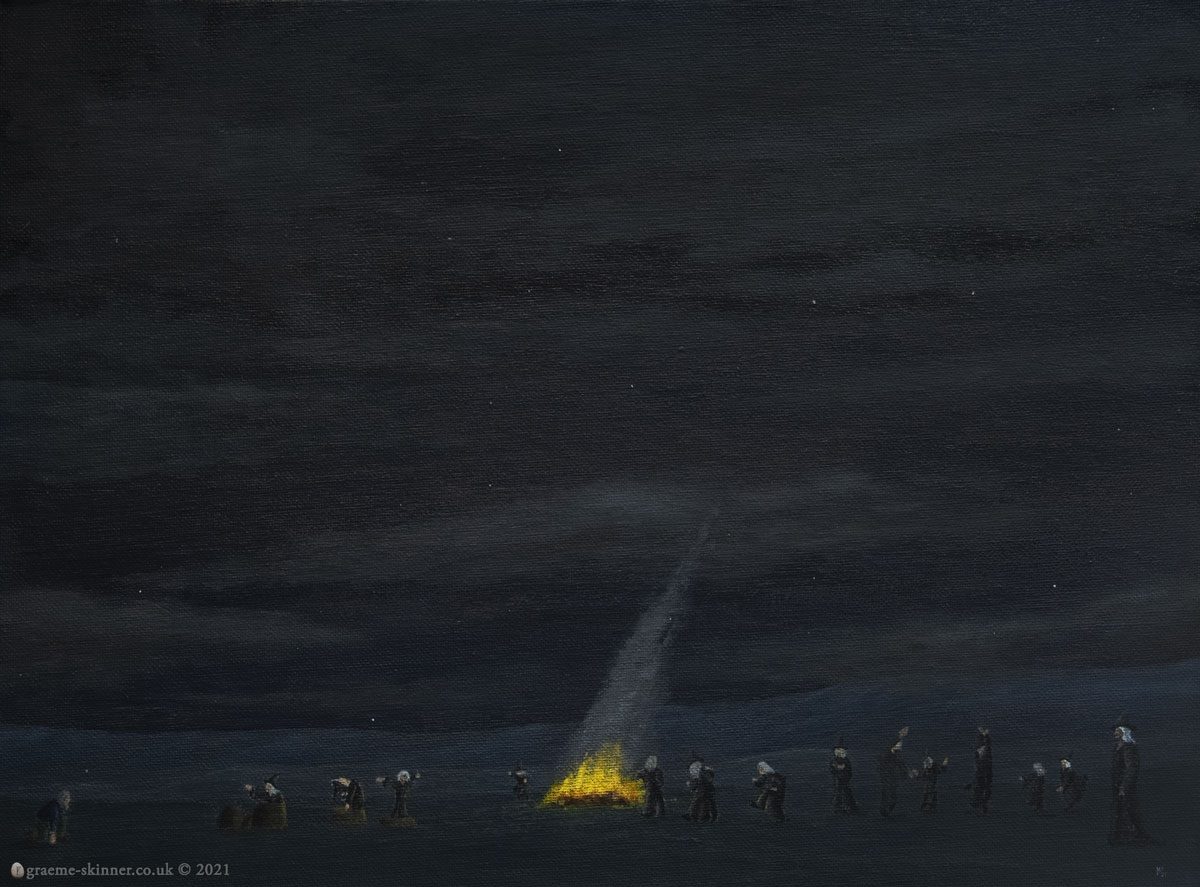
Edit to add this piece which is the court of King Eveling on Hardknott, it’s said the roman fort of Mediobogdvm is built upon the site of a fairy rath.
